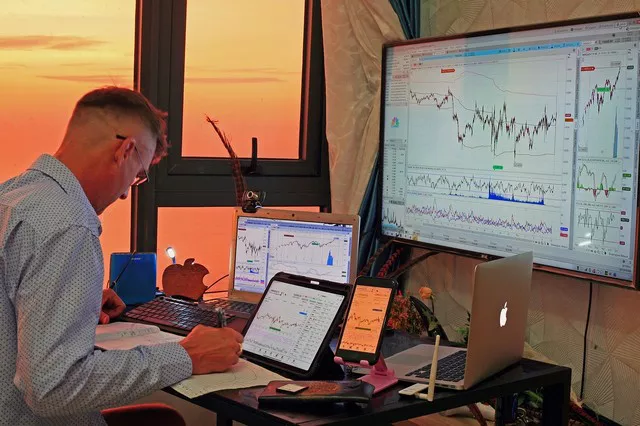Futures trading is a cornerstone of financial markets, providing investors with opportunities to speculate, hedge, and manage risk across a wide range of assets, from commodities and currencies to stocks and indices. However, like any market, futures trading is subject to certain limitations and regulations designed to maintain order, fairness, and stability. One such limitation is the presence of limits on futures contracts, which dictate the maximum price movement allowable within a single trading session. In this article, we delve into the concept of limits on futures trading, exploring their purpose, mechanisms, and implications for market participants.
Exploring Limits on Futures Trading
Limits on futures trading refer to the maximum allowable price movement for a futures contract within a single trading session. These limits are established by futures exchanges or regulatory bodies and are intended to prevent excessive price volatility, maintain market stability, and protect market participants from abrupt price fluctuations. Limits on futures trading apply to both price increases (limit up) and price decreases (limit down) and are typically expressed as a percentage or fixed price change from the previous trading session’s settlement price.
Purpose of Limits on Futures Trading
The primary purpose of limits on futures trading is to promote orderly and fair trading conditions, mitigate the risk of market manipulation, and safeguard market integrity. By imposing constraints on price movements, limits on futures trading help prevent panic selling or buying, reduce the potential for price spikes or crashes, and foster transparency and confidence in the futures market. Additionally, limits on futures trading serve as risk management tools for market participants, allowing them to quantify and manage their exposure to price fluctuations.
Mechanisms of Limits on Futures Trading
Limits on futures trading are implemented through a series of mechanisms and procedures designed to monitor, enforce, and adjust price limits as market conditions evolve. Some key mechanisms of limits on futures trading include:
1. Daily Price Limits: Futures exchanges establish daily price limits for each futures contract traded on their platform, specifying the maximum allowable price movement for the contract within a single trading session. These limits are typically based on a percentage or fixed price change from the previous trading session’s settlement price and are designed to prevent excessive price volatility.
2. Trading Halts: When a futures contract reaches its daily price limit, trading is temporarily halted or “locked limit,” meaning that no further trading is allowed at prices beyond the limit. Trading halts give market participants time to digest information, assess market conditions, and adjust their trading strategies before trading resumes.
3. Price Discovery Mechanisms: While trading is locked limit, market participants continue to submit orders to buy or sell futures contracts at prices within the allowable trading range. These orders are queued and held by the exchange until trading resumes. Price discovery mechanisms, such as auction or electronic matching systems, are used to determine the opening price for the futures contract when trading resumes.
Implications of Limits on Futures Trading
Limits on futures trading have several implications for market participants and market dynamics, including:
1. Reduced Volatility: By constraining price movements, limits on futures trading help reduce volatility in futures markets, providing a more stable and predictable trading environment for market participants. Reduced volatility can benefit traders, investors, and hedgers by minimizing the risk of sudden and extreme price fluctuations.
2. Enhanced Market Integrity: Limits on futures trading contribute to the overall integrity and fairness of futures markets by promoting orderly and transparent trading conditions. By preventing rapid price movements beyond predetermined limits, limits on futures trading help prevent market manipulation, price distortions, and unfair advantages for certain market participants.
3. Risk Management: For traders and investors, limits on futures trading serve as risk management tools, allowing them to quantify and manage their exposure to price fluctuations. By setting limits on the maximum allowable price movement, limits on futures trading help traders assess potential risks and adjust their trading strategies accordingly.
Conclusion
In conclusion, limits on futures trading play a crucial role in maintaining order, stability, and integrity in futures markets. By imposing constraints on price movements, limits on futures trading help prevent excessive volatility, mitigate the risk of market manipulation, and provide a more transparent and fair trading environment for market participants.While limits on futures trading may restrict price movements within certain boundaries, they ultimately contribute to the overall efficiency and effectiveness of futures markets, allowing traders, investors, and hedgers to manage risk and pursue their financial objectives with confidence.


